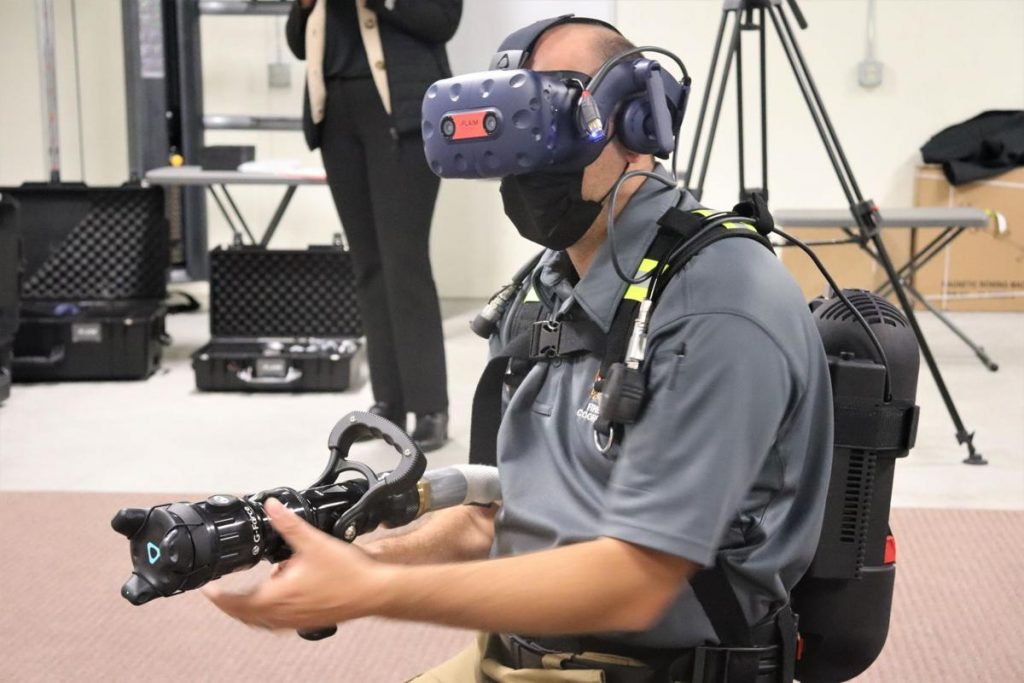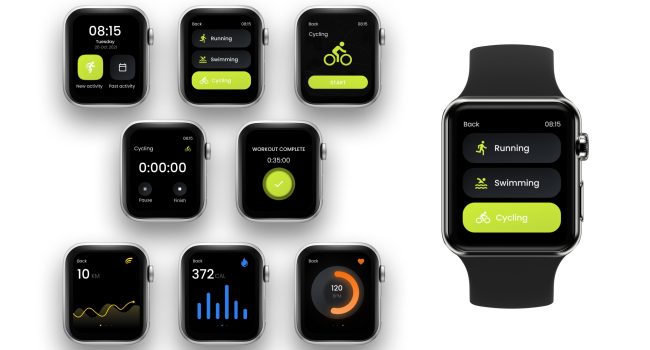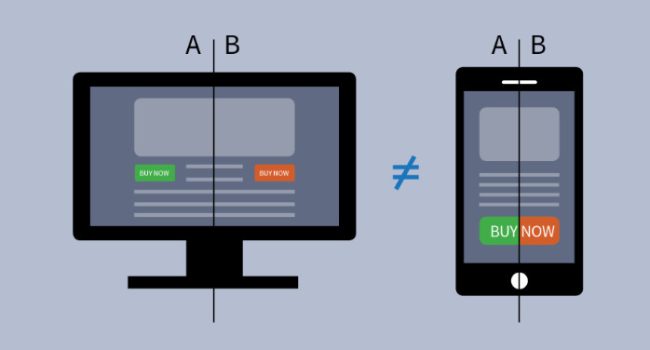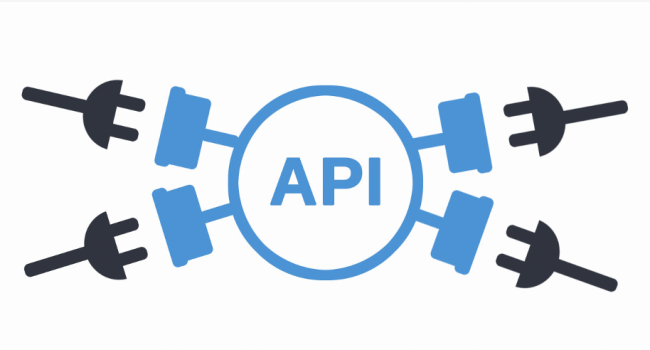In emergencies, firefighters play a crucial role by risking their lives to save others and prevent damage from fires. Their job is challenging and unpredictable, requiring thorough training. Traditionally, firefighters learned through classroom sessions, hands-on exercises, and live drills. But now, Firefighter Training with VR (virtual reality) has revolutionized their training, providing an immersive and realistic experience that boosts their skills and confidence.
The Impact of Virtual Reality in Firefighter Training
Virtual reality has rapidly changed many industries, including firefighting. Firefighters often face situations that demand quick thinking, teamwork, and precise execution of protocols. VR allows trainees to practice in realistic simulations of fire incidents, hazardous material accidents, and other emergencies within a controlled environment. Wearing a VR headset transports trainees to virtual worlds where they can enhance their response tactics and decision-making skills safely yet realistically.
A key advantage of VR in firefighter training is its ability to replicate various scenarios that might be challenging or costly to recreate in real life. Trainees can experience scenarios involving high-rise building fires, industrial accidents, confined spaces, and hazardous chemical leaks without facing physical danger. This not only improves their technical skills but also helps them manage stress in high-pressure situations.
Benefits of Virtual Reality Firefighter Training
- Enhanced Realism: VR simulations provide a high level of realism, including the sound of crackling flames, the feel of heat, and accurate fire dynamics. This immersion helps firefighters understand fire behavior and develop effective strategies for control and extinguishment.
- Repetition and Practice: Unlike traditional methods, VR allows trainees to repeat scenarios as needed. This repetition reinforces muscle memory and procedural knowledge, ensuring better preparation for real emergencies.
- Risk-Free Learning: The controlled environment of VR eliminates risks associated with live drills. Mistakes in virtual scenarios don’t have real-world consequences, creating a safe space for trainees to learn from errors.
- Team Collaboration: VR facilitates team training, allowing multiple trainees to participate in the same simulation simultaneously. This promotes teamwork, communication, and coordination among firefighters.
XR Studios and Virtual Reality
Recognizing the potential of VR in firefighter training, companies like XR Studios are at the forefront of developing advanced solutions. XR Studios specializes in creating immersive training experiences using extended reality (XR) technologies, including virtual reality. They collaborate with firefighting and technology experts to create dynamic VR simulations that replicate real-world emergencies. These simulations cover basic firefighting tactics to advanced scenarios like hazardous materials and search and rescue operations. XR Studios’ focus on accuracy, interactivity, and engagement ensures that trainees receive effective training aligned with their profession’s demands.
Conclusion
The integration of virtual reality into firefighter training is a groundbreaking development that enhances the capabilities of emergency responders. As technology advances, firefighters will train in increasingly complex and realistic scenarios, preparing them for challenges they may face. With companies like XR Studios leading the way, the future of firefighter training promises to be safer, more effective, and more dynamic than ever before. The collaboration between firefighting expertise and technological innovation holds the potential to make the world a safer place for all.






